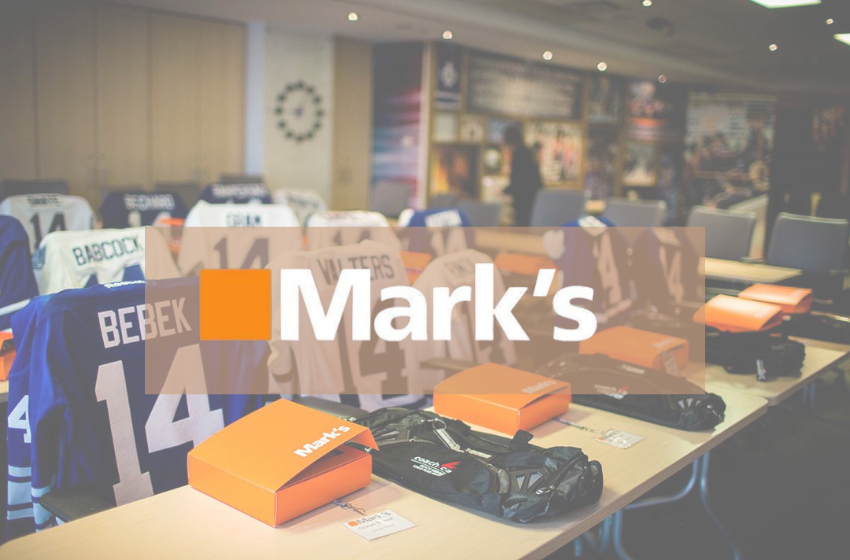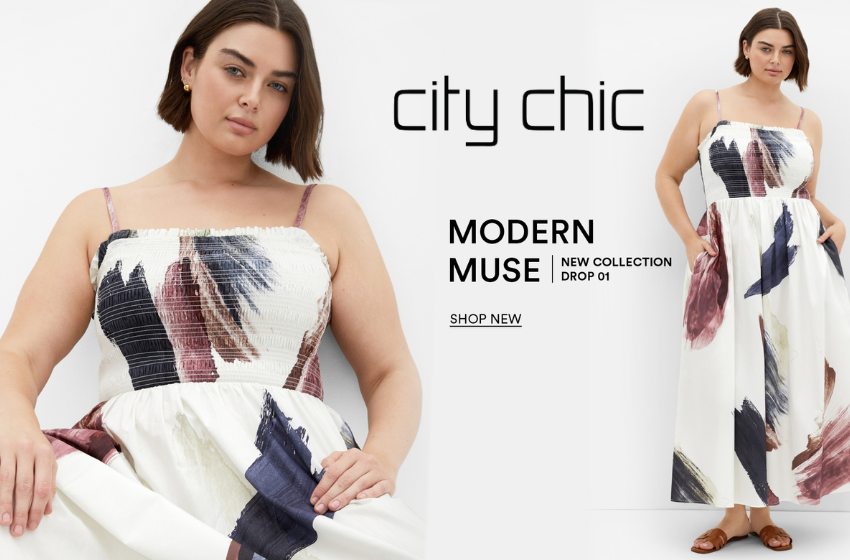
What is Peak Design?
Peak Design is a design company based in California that has become well-known for its unique approach to product design. Their philosophy is centered around the idea that design can be used to improve people's lives, and they strive to do this through creating products that are both functional and beautiful.
The company was founded in 2006 by Mike Sinyard and Rick Smith, and over the years
One of the things that makes Peak so unique is their focus on sustainable design. They believe that by using natural materials and by making sure their products are durable, they can help reduce environmental impact. In fact, many of their products are designed to be reused or repurposed over time, which is an important part of their philosophy.
Overall, what makes Peak Design so special is their dedication to creating products that not only look good but also have a purpose. If you’re looking for something unique and stylish in your everyday items, then Peak Design should definitely be on your list!
History of Peak Design
Peak Design is a company that was founded in 2006 by three friends who wanted to create gear and products that were both stylish and functional. Their goal was to make gear that could be used not only during climbing and hiking trips, but also during everyday activities such as running or biking.
The company's philosophy is based on the idea of "the power of simplicity." They believe that less is more when it comes to design, and that by using clean lines and unadorned materials, they can create gear that is both stylish and durable.
Some of Peak Design's most popular products include the Deuter Backpack, the Osprey Farpoint 40 backpack, and the Black Diamond Anaconda rope guide. All of these products are designed with one goal in mind: to help climbers achieve their goals no matter what they are.
What does Peak Design sell?
Peak Design is a company that sells clothing, accessories, and home goods. They have a design philosophy called "The 5 Principles of Simplicity." The five principles are:
1. Use the simplest materials possible
2. Keep things clean and simple
3. Be efficient with your design
4. Use natural color and light
5. Be approachable
Design Process
Peak Design is a design firm that was founded in 2006 by the husband-and-wife team of David Carson and Melissa Hoppen. The name “Peak” comes from their philosophy of designing for “Peak Performance,” or creating products and experiences that are maximized for their intended use.
The company has since expanded to include a team of designers across multiple locations, including San Francisco, New York City, Los Angeles, Shanghai, London, and Berlin. In this comprehensive guide, we will explore the design process at Peak Design.
From start to finish, the design process at Peak Design is guided by four core tenets: Purposeful Simplicity, Attention to Detail, Durable Quality, and Refined Unexpectedness. We will explore each principle in depth below.
Purposeful Simplicity: At its heart, design should be about solving problems. To do this efficiently and effectively, designers must focus on the essentials—the elements that make up the problem and create value for users. At Peak Design, we call this principle “Purposeful Simplicity.” Everything at Peak Design is designed with one goal in mind: to make things easier for you (the user). We strive to create products that are easy to understand and use so you can get your work done faster and with less frustration.
Attention to Detail: Just as importantly as simplicity is attention to detail—making sure all the details matter
The Elements of design
Design is all about solving problems. It's about understanding the user and their needs, and coming up with a solution that meets those needs.
There are many different design philosophies out there, but the three main schools of thought are functionalism, modernism, and postmodernism. Each has its own set of principles that designers use to create successful products.
Functionalism believes in dividing design into two categories: form and function. Form is everything that doesn't affect the function of a product; it's the look of a product, for example. Function is what affects how a product works; it's the features and functions of a product.
Modernists believe in using technology to create beautiful products. They focus on creating simple designs that are easy to understand and use. Postmodernists believe in breaking rules and experimenting with new ideas. They often prefer not to have specific rules or guidelines when it comes to design, which allows them to be more creative.
No matter which school of thought you subscribe to, there are still some common principles that apply to all designs. These include simplicity, functionality, visual harmony, ease of use, and brand identity.
Principles of good design
What is good design?
There is no single answer to this question, as what might be considered good design for one person may not be considered good design for another. However, there are some general principles that are generally accepted as being essential to good design. These principles include:
1. Good design is user-friendly. It should be easy to use and understand, without having to resort to trial and error or search for help online.
2. Good design should be aesthetically pleasing. It should look good both on the screen and in person, without requiring too much effort on the part of the user.
3. Good design should be efficient and practical. It should take into account the needs of the users while still being effective and efficient overall.

How to apply design principles
Design principles are the bedrock of a good design. They help us create things that are usable, understandable, and consistent. In this article, we’ll take a look at seven of the most important principles and explain how they can help you create great designs.
First, it’s important to understand that design principles are not magic bullets. They won’t make your designs perfect on their own;
Final thoughts on design
Design is an important part of any product or service. It can make a difference between whether someone will use your product or not.
There are a lot of different design philosophies out there, and it can be hard to determine which one is right for your project. But there is one philosophy that stands out above all the others: Peak Design.
Peak Design is a design company based in San Francisco that focuses on creating products that are both beautiful and functional. They think about the user experience first and foremost, and their approach has won them a lot of acclaim over the years.
Here are some final thoughts on design from someone who has seen it work wonders time and time again:
1. Think about the user experience first and foremost.
Peak Design's approach is to focus on the user experience first and foremost. This means thinking about how people will use the product and what they will find helpful or distracting. They want products that are both beautiful and functional, which makes them a great option for projects that require both qualities.
2. Be patient with your designs.
One of Peak Design's biggest strengths is their patience with their designs. They aren't afraid to iterate on something until it's perfect, which often takes more than one try. This allows them to create products that are both well-designed and useful



